An accidental discovery is giving new hope for coral reefs.
BBC Earth

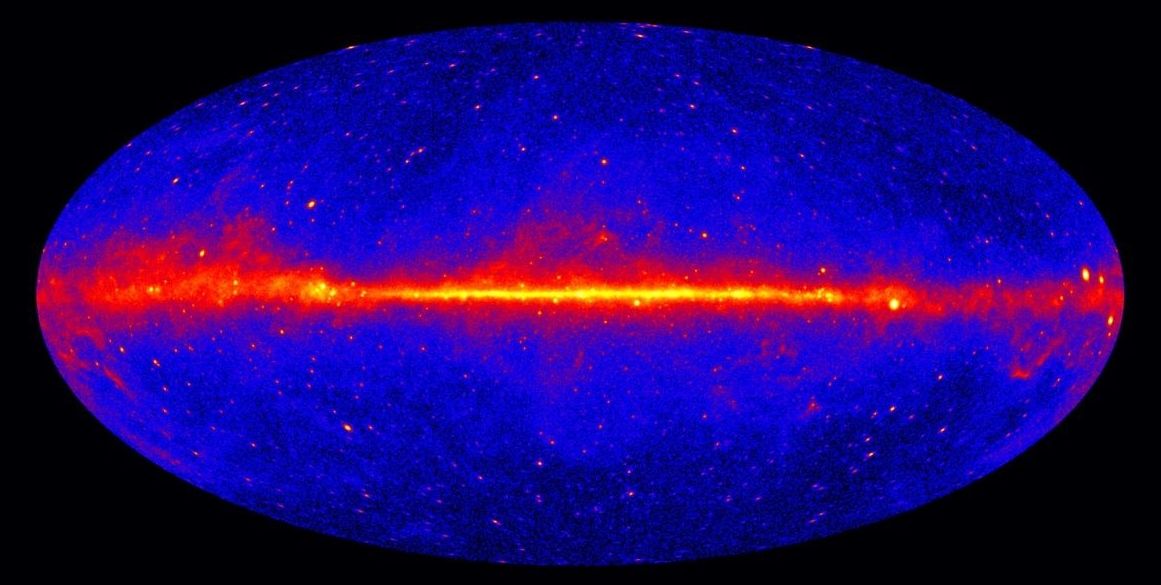
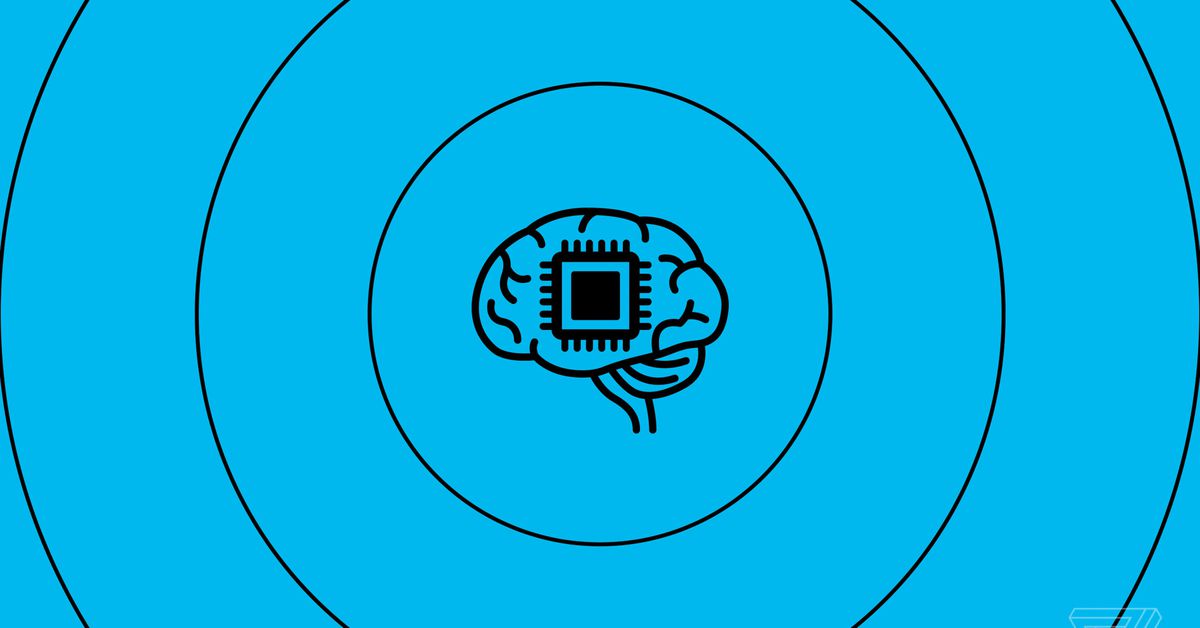
In a new book published this week titled Architects of Intelligence, writer and futurist Martin Ford interviewed 23 of the most prominent men and women who are working in AI today, including DeepMind CEO Demis Hassabis, Google AI Chief Jeff Dean, and Stanford AI director Fei-Fei Li. In an informal survey, Ford asked each of them to guess by which year there will be at least a 50 percent chance of AGI being built.
Short answer: maybe within our lifetimes, but don’t hold out.

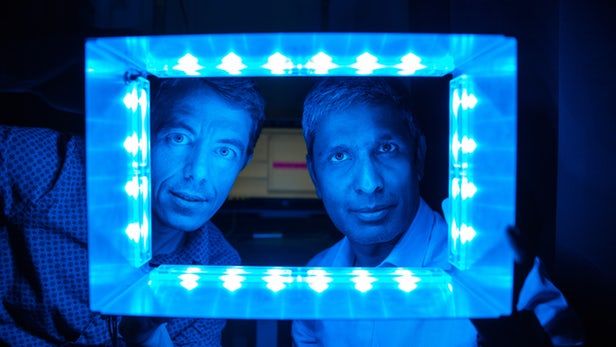
A remarkable study from researchers at the Salk Institute has uncovered a profound new insight into how our circadian rhythms are regulated through light-sensing mechanisms within our eyes. The research could lead to new ways to combat insomnia and help reset the internal clocks of people with disrupted circadian rhythms.
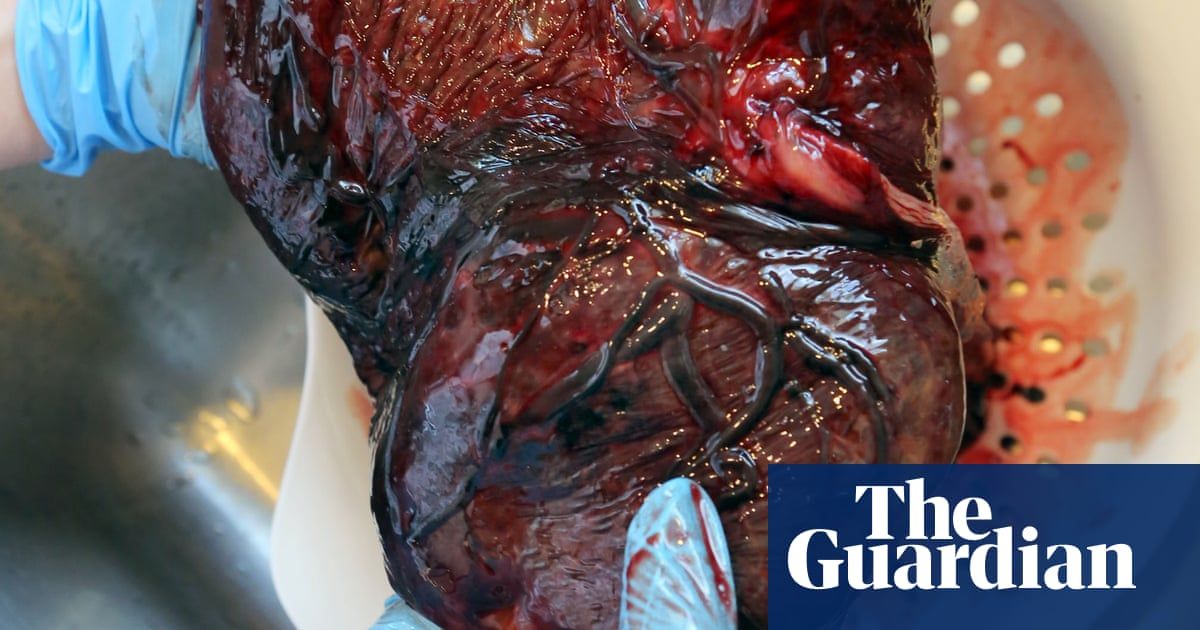
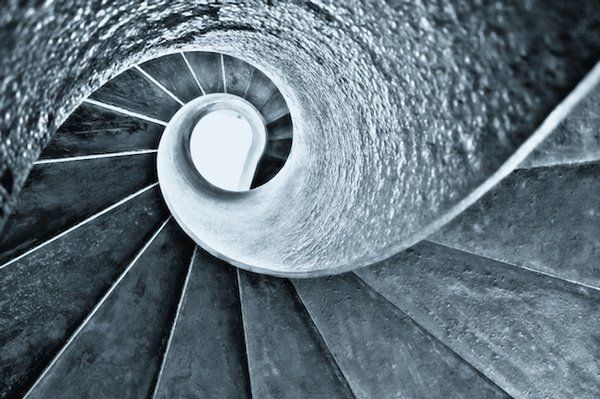
We need to engage people emotionally, not just intellectually, to address the plight of the planet.

With proteins that reversibly self-assemble into droplets, cells may control their metabolism—and harden themselves against harsh conditions.
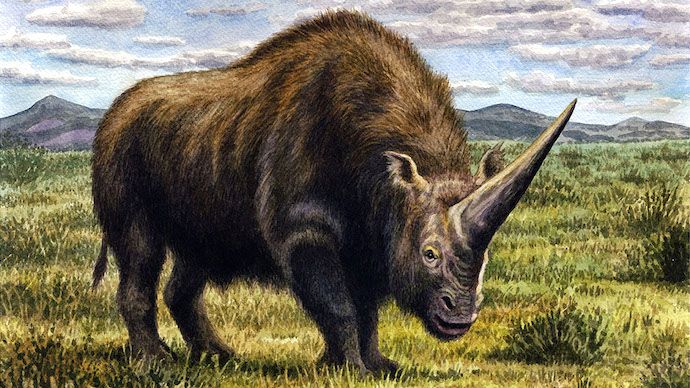
Unicorns are real (though not as colorful as we like to imagine), and they lived at the same time as modern humans.
Ancient rhino species Elasmotherium sibiricum, known as the Siberian unicorn, was long thought to have died some 200,000 to 100,000 years ago.
Improved fossil dating, however, now suggests it survived until at least 39,000 years ago, likely sharing Eurasia with modern humans and Neanderthals.

I don’t have time to find my collection of relevant maps but if I’m correct and, present day plate tectonics are going in the opposite direction than commonly understood version of Pangea then, increased global temperatures are melting ice and exacerbating movement along the main lines of separation — from the Eurasian plate (most solid) moving apart down both sides of India, along the Eastern coast of Africa and, perhaps all the way through to Antarctica, where significant ice melt has been detected underneath.
Instruments picked up the seismic waves more than 10,000 miles away—but bizarrely, nobody felt them.